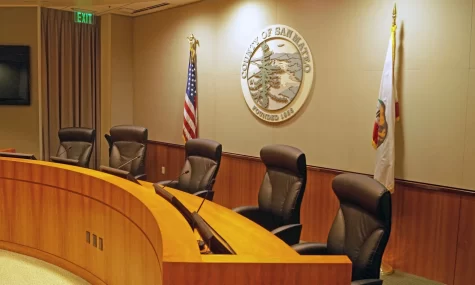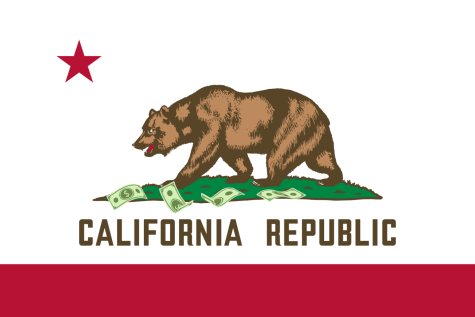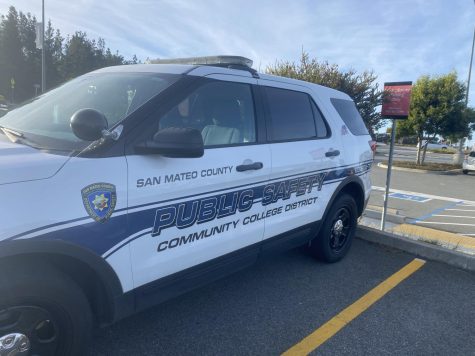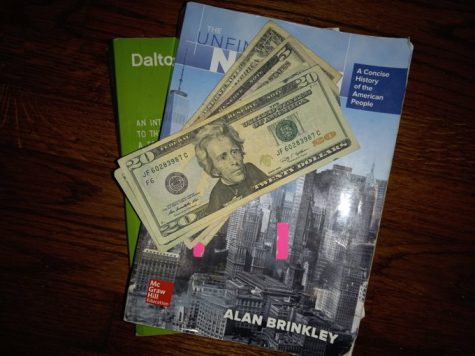California’s dry spell continues
California has entered its fourth year of drought, and after another dry winter, things are going from bad to worse.
According to the California Department of Water Resources, this may be the worst drought on record for the state of California. Not only was it the driest January on record so far, but the April snow was measured at 5 percent of the average. For reference, the lowest measurement on record prior to this April was 25 percent of the average.
Though the California Public Utilities Commission continues to notify customers of restrictions and regulations, the State Water Resources Control Board reports that residents reduced water consumption by only 2.8 percent in February this year, the lowest conservation rate on record since they began recording in July of 2014. In reaction to these reports, California Governor Jerry Brown issued an executive order, “mandating a 25 percent reduction in water use for all urban water users.” The State Water Board has plans in May to consider adopting a similar plan statewide, mandating a 25 percent reduction.
To combat the drought, Gov. Brown declared a state of emergency on January 17 last year.
Beyond the scope of governmental mandates, there are numerous things average residents can do to help conserve water. According to the Environmental Protection Agency, reducing gardening and car washing, fixing household leaks and regularly short showers instead of baths can all help conserve water.
Second year Skyline student Alyssa Estrada has taken that advice and stopped watering her lawn, one of the most common forms of casual water conservation. Student Dezirae Easley confessed to refusing water at restaurants, knowing she wouldn’t finish the glass.
The Skyline student body isn’t the only population conserving water on campus. According to Skyline’s 2013 Sustainability Plan, three fields on campus been replaced by artificial lawns, a district-wide practice that will save roughly 5.8 million gallons of water and $370,000 per year in water costs. In addition, other landscaping practices have been altered to utilize drought-resistant, low-maintenance plants instead of traditional grass, and the district has installed a new irrigation system that adjusts sprinklers based on real-time weather conditions. All of these changes are a part of Skyline’s large-scale plan to create a more environmentally friendly campus.
The drop in residential water conservation may be a sign of things to come and a sign of changing attitudes.
If conservation doesn’t improve, more regulations will be put in place. The latest update, according to the California Department of Water Resources, is “an emergency, temporary rock barrier across a Sacramento-San Joaquin Delta channel” that would help prevent saltwater from seeping into state freshwater supplies.
Such large-scale efforts are becoming more common, but with another dry summer approaching, the state is seeking more solutions.












